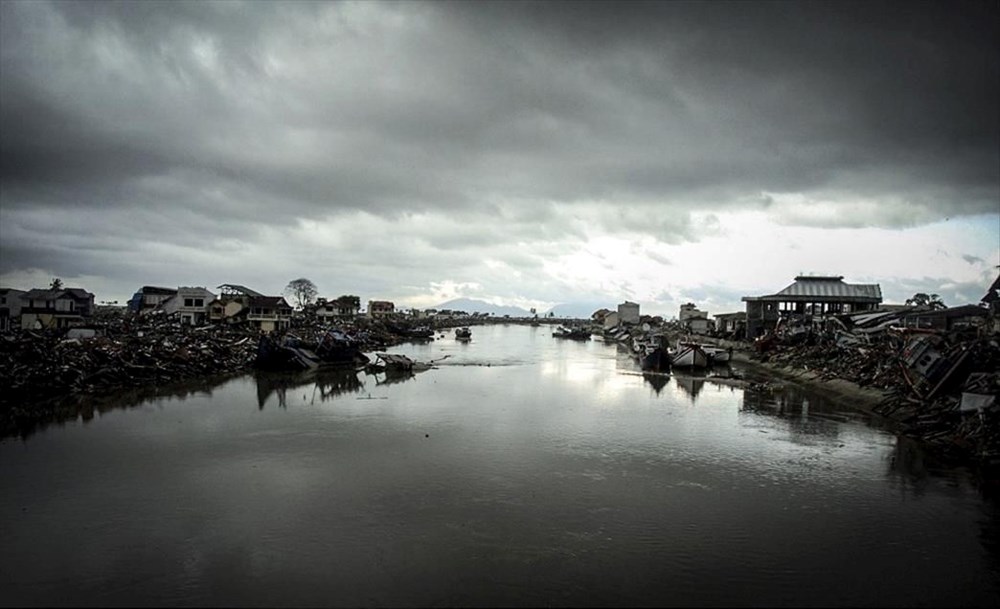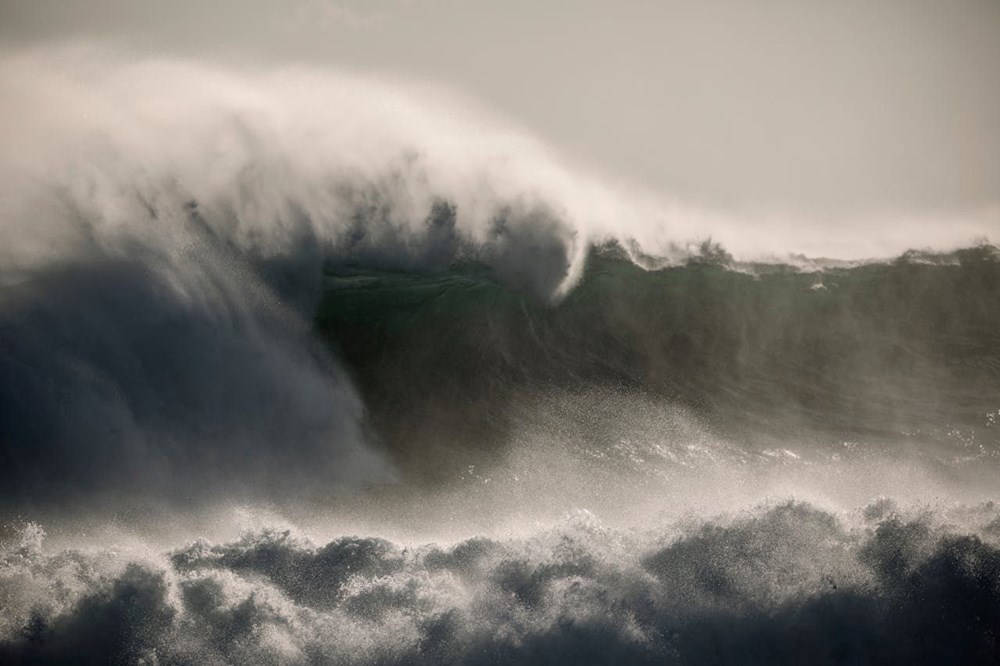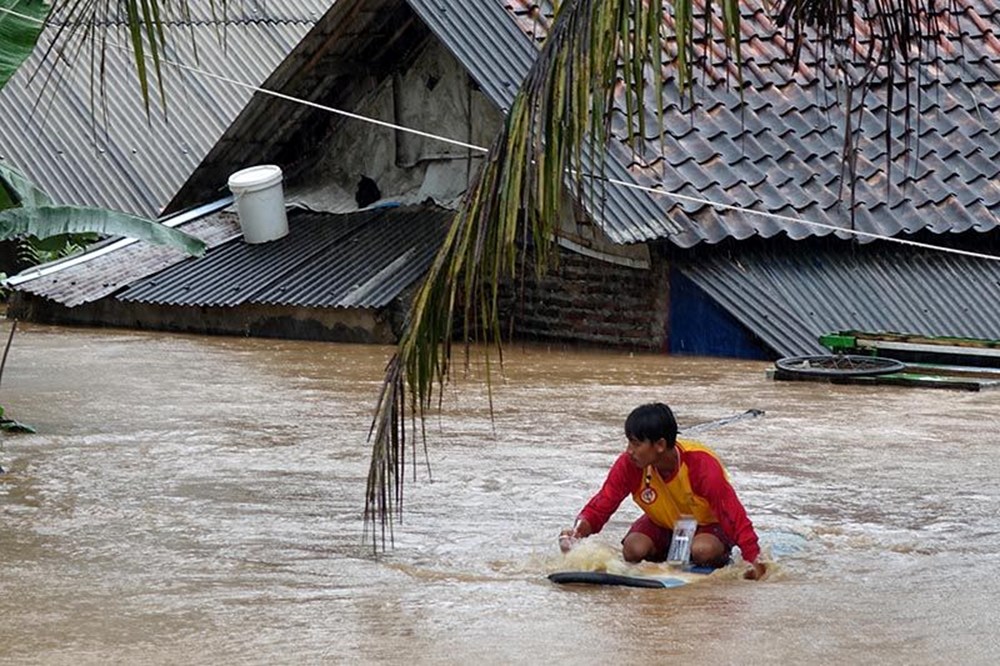What is a tsunami and how does it occur? The meaning of tsunami and its formation stages


The word "tsunami" means "harbor wave" in Japanese. A tsunami is a wave that oscillates and is generated by the transfer of energy to the sea as a result of tectonic events such as earthquakes, volcanic eruptions and their associated subsidence, and landslides, occurring at the bottom of the ocean or sea. The word "tsunami" entered the world's language literature after the Great Melji Tsunami, which caused the deaths of 21,000 people in Japan in 1896, was used in the worldwide call for help.

Tsunamis are most frequently observed in the Pacific Ocean. Tsunamis, which are caused by the rupture of oceanic crust, can reach hundreds of kilometers in wavelength in open oceans. Unlike tsunamis, short-period waves occurring in closed basins, bays, lakes, winds, or earthquakes are characterized as "oscillations."

Tsunamis differ from tidal waves. While strong winds create giant waves in the open sea, they don't affect the depths of the sea. Tsunamis travel from the ocean depths toward the shore at speeds of 700 km/h. While a single wave can reach a wavelength of 750 km, it can also reach a distance of 700 km. Tsunami formation processes include: Movement of tectonic plates, Earthquakes, Sudden rises and falls in the sea floor, Movement of water masses, Formation of water waves on the surface, Wave propagation at an angle, Reaching the shore and generating a tsunami.
ntv




